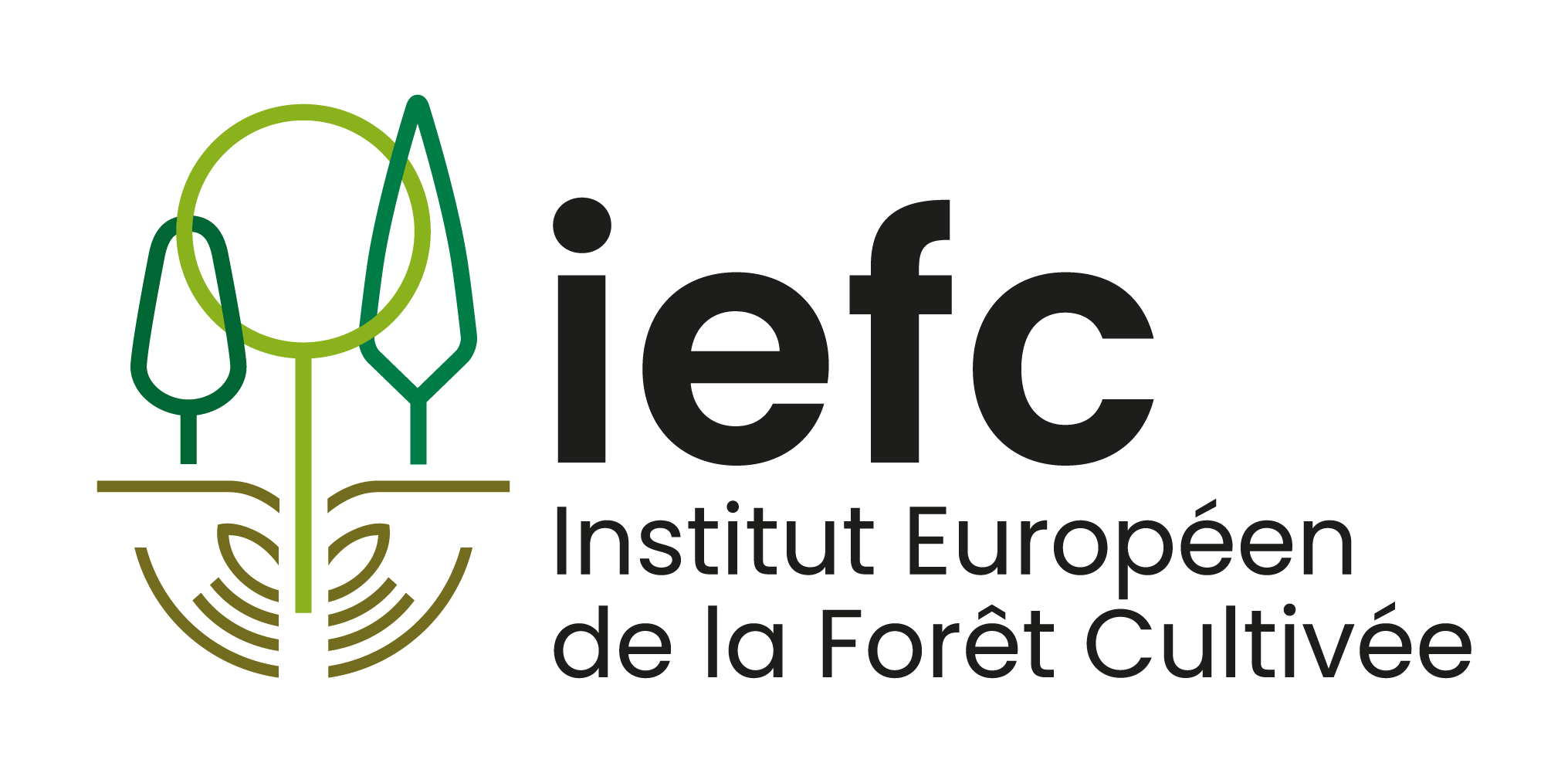
Exploration of new territorial configurations and strategies
Based on the results of the modeling work, the IEFC is considering a reorganization of the territory to reduce the risk of propagation. These territorial strategies could be applied at two levels:
– At the local level: actions at the level of the local urban development plan, creation of agricultural zones, opening up of recreational space with low fuel load, treatment of risky forest-urban interfaces.
– At the global level: creation of large fuel breaks based on the different current land uses in the landscapes.
Organization of “fire-forums”
The “fire-forums” are platforms for discussion among multiple stakeholders, making it possible to address issues related to forest fires. They bring together the stakeholders in the territory: landowners, land managers, farmers, emergency services and organizations working in the environmental sectors.
These forums take place at the local level (municipal level) and address topics such as the assessment of risk and fire culture, the scientific contributions of FIRE-RES project and any actions implemented by the municipality.
These forums are crucial for creating dialogue on issues related to forest fires and land use planning. They enable the involvement of citizens in the design of territorial strategies, by mobilizing their knowledge of their territory.
Analysis of the policy coherence: the “Policy Clinic”
The “Policy Clinic” is a study aimed at examining the coherence of regulatory instruments and their effects. The objective is to identify the regulations that represent an obstacle to the implementation of fire risk prevention strategies and to develop solutions.
The main theme of the study is therefore the feasibility, at the regulatory level, of fuel breaks or adapted forest management zones.
The study is being carried out in the form of consultation with the local actors of the Living Laboratory, particularly for the identification of the regulations to be studied and the perception of their impacts and for the construction of innovative proposals.

